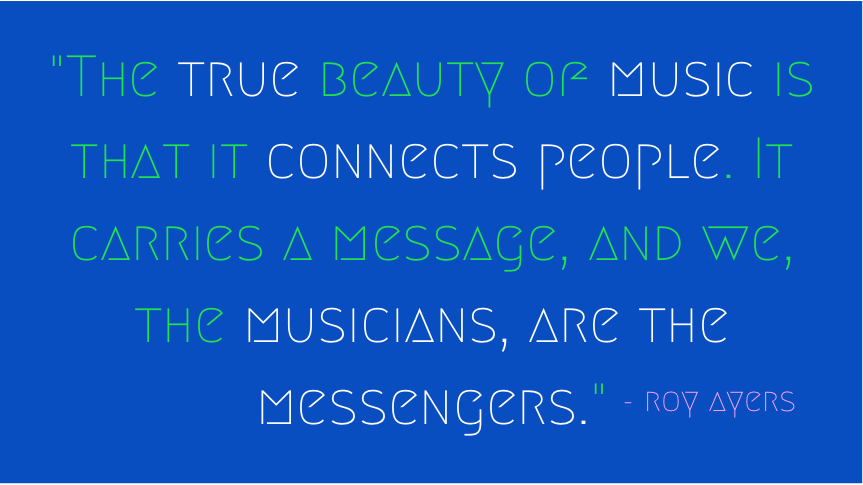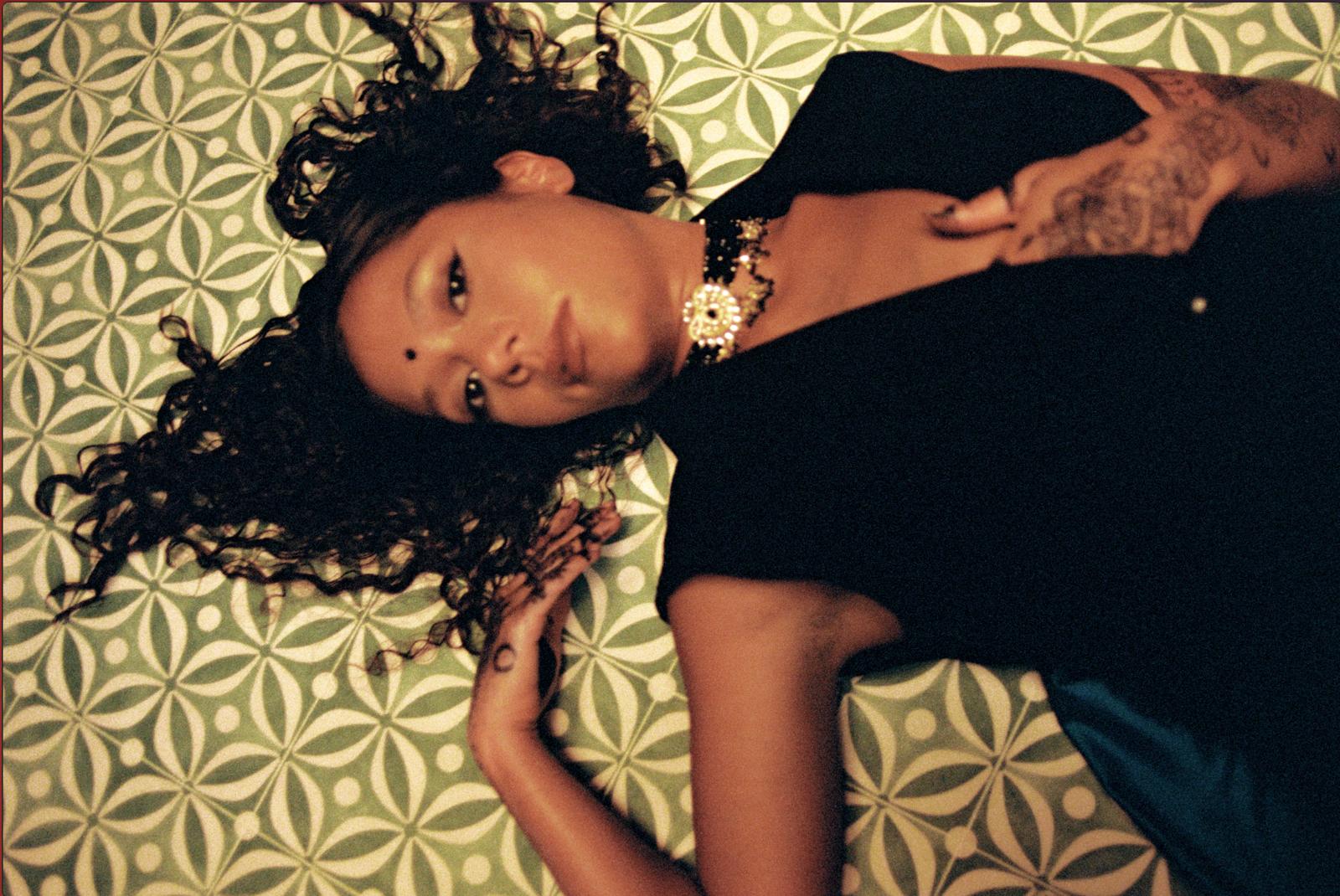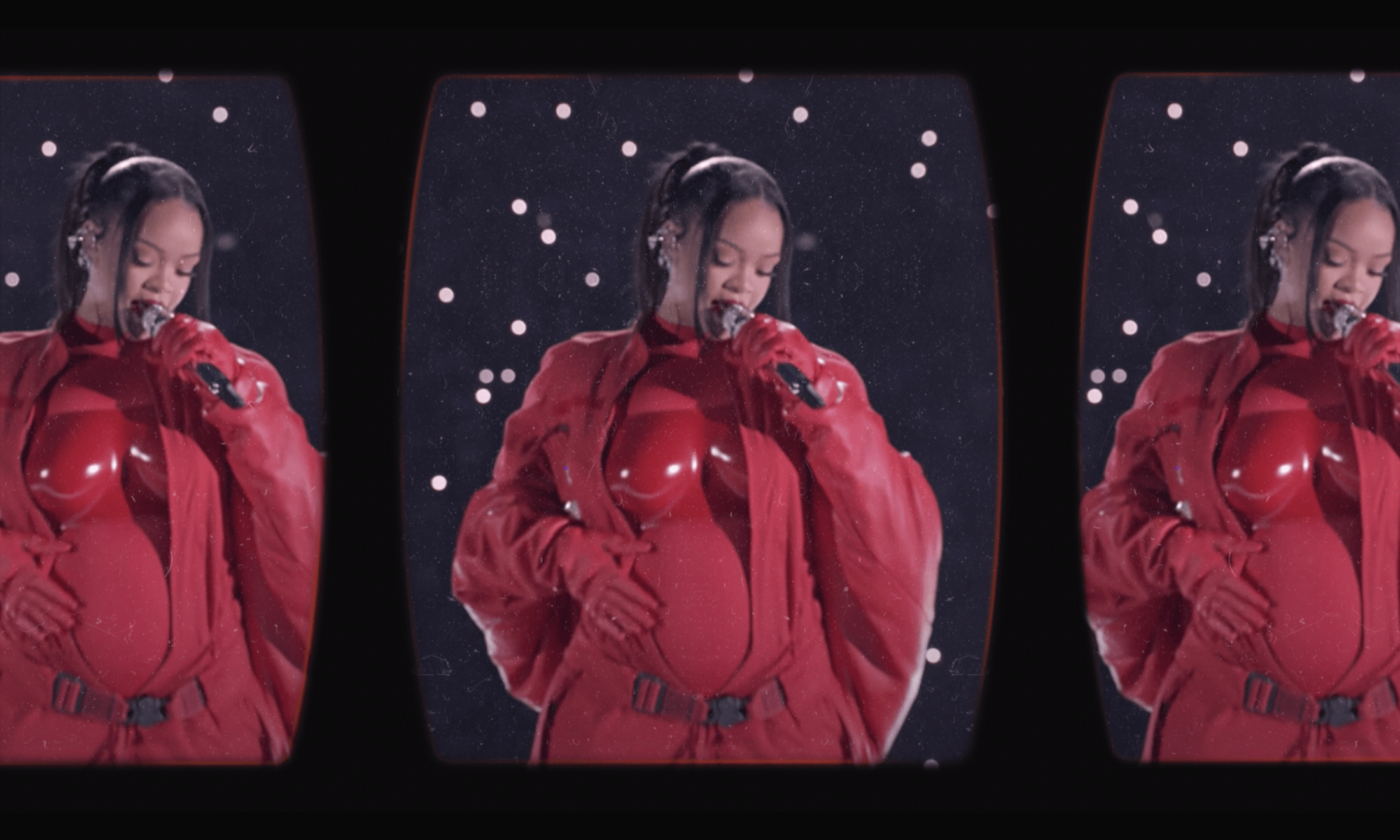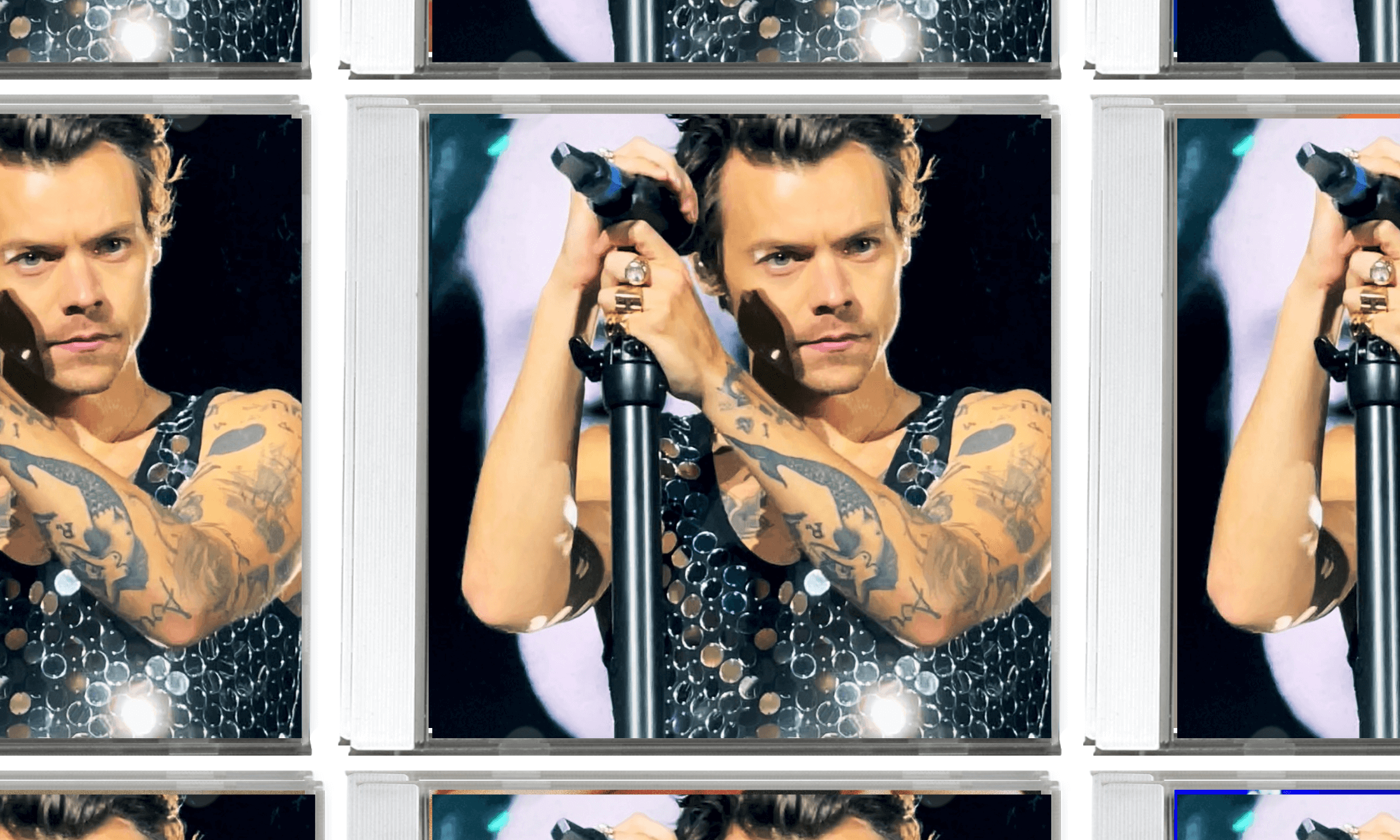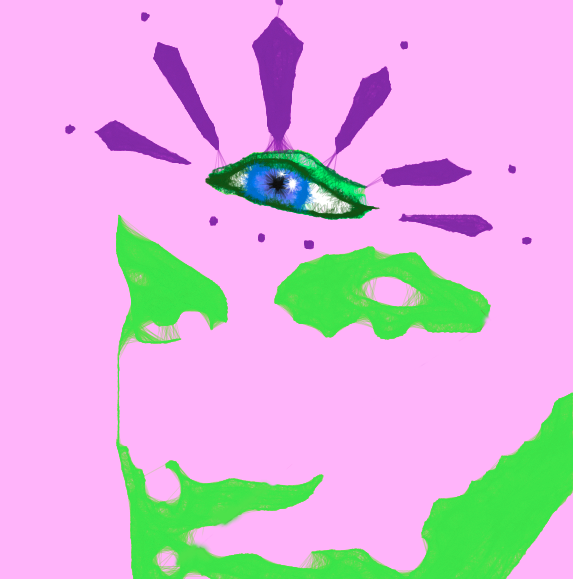
2015 has been an interesting year for pop music. We’ve seen the long overdue resurgence of grime, a whole heap of old school R&B remixes and, as usual, plenty of samples. Now let me make this clear from the get, I love a good sample. Nothing excites me more than recognizing a little piece of the old, recycled in an appropriate, complimentary way. However, there does seem to be a distinct lack of quality control with sampling in popular music at the moment. I will refrain from naming and shaming on this occasion.
Sampling has been a huge feature of popular music for the last 40 years, starting with the emergence of hip-hop in the 70s. The process is supposed to benefit the sampled musicians as they get to receive royalties from the new track. However, the prospect of receiving any meaningful sum has diminished in recent years as record sales decline due to music streaming and piracy. In addition, some musicians have yet to receive the royalties owed to them due to copyright issues. Intellectual property is well known to be a sticky subject – as I’m sure Robin Thicke now knows well, artists need to be careful about how they pay tribute to their muses.
It is on this sentiment that we launch our new Sankofa Series of mixes. Sankofa is an Akan word that translates as ‘san – to return; ko – to go; fa – to fetch, to seek and take’. In other words, before progressing forward as a people, we should acknowledge and pay homage to what has already been done. There are a lot of important people throughout musical history who have paved the way for the dons of today. Here at gal-dem, we’d like to celebrate some of them.
Our first example is an artist that has been sampled hundreds of times, Roy Ayers. An early significant musical memory for me is consciously comprehending the ‘hilarious’ Poo Poo La La from his 1984 LP In The Dark, which featured the likes of Grover Washington Jr. and Stanley Clarke, singing along in my booster seat in the back of my dad’s car. It became a favourite from that point onwards and my 5-year-old self requested it repeatedly. I think the appeal was ignited by my amazement, an artist singing so casually about something so rude. I didn’t exactly know what it meant but I knew that it was fun. It wasn’t until I was much older that I really discovered and properly appreciated that the artist behind a lot of the music that I loved was Roy Ayers and the fun, creative medium was jazz.
To call Roy Ayers a jazz musician would be a bit of an understatement, he encapsulates good vibes in form and feeling. His use of percussion combines melody, rhythm and improvisation beautifully. He weaves through different genres, styles, moods and frequencies with his unique, freestyle approach to music making. His work manages to capture you with its multi-layered intensity, channelling you sonically through time and space. If I were to describe Ayers’ music in one word, it would be dreamy – although he doesn’t always take lead vocally, when he does, his message is one of peace, love and spirituality.
It’s clear that the success attributed to him has been somewhat of a collective effort, via his Roy Ayers Ubiquity band, RAMP and Coffy compositions. Having worked with an incredible line up of musicians, from Fela Kuti to Erykah Badu to Kerri Chandler, Ayers has proved his status not just as a neo-soul or acid jazz pioneer but also as a true messenger of black music. This legend may not have received rightful recognition from mainstream award shows but he certainly gets the gal-dem lifetime achievement award in the form of our first Sankofa.
[mixcloud https://www.mixcloud.com/gal-dem/sankofa-series-the-third-eye-a-tribute-to-roy-ayers/ width=100% height=120 hide_cover=1 light=1]
Keep an eye out for the Roy Ayers Project documentary film currently in development, release date TBC.

